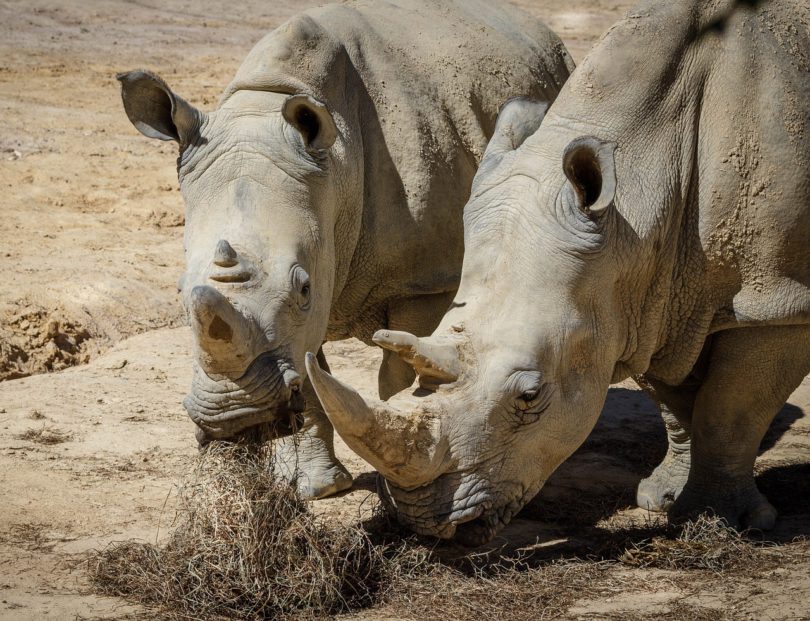Nobody needs an elephant tusk but an elephant. Likewise, nobody needs a rhino horn except a rhino. This may sound like common sense, but poachers tend to look at things differently. For many years, locations around the world who have a natural elephant or rhino population have reported that these animals have been in danger of being killed off. Lately, there is hope on the horizon. Thanks to the creation and integration of the anti-poaching force, the elephant and rhino populations are growing again.
Elephants are considered to be extremely vulnerable toward becoming extinct. Rhinos are currently considered to be endangered. Both elephants and rhinos have been dwindling in population drastically for years because. Their main threat is poachers who hunt them to sell their tusks and horns. These hard elephant and rhino parts that once was needed for the animal’s survival are then sold for profit. The bounty hunters walk away with the money while the animals suffer. Poaching is the main threat to these animals.
People in Tanzania decided to crack down hard on poachers. Several years ago, an anti-poaching task force formed to go after poaching with a vengeance in hopes that this would give rhinos and elephants a chance to not only survive but to begin to repopulate. Their idea is working. Today, both animals are going beyond mere survival and are beginning to add to their population again.
This special force started their work in 2016, and recently new data suggests it is working to up the population of elephants and of rhinos in the area. Since the task force was put into place, populations of both of these large animals have grown. Elephants numbers have increased from a shrinking 40,000 to a more promising number of about 60,000 in two short years. Rhinos have shown an even more promising increase. In 2015, there were only 15 rhinos in the entire Tanzania area. The latest count shows this has grown to more than 160.
When an elephant or rhino is hunted by a poacher, they are either immediately killed or worse. Some are left maimed to try to survive without tusks or horns. Since these animals use their tusks and horns for protection, without them they will eventually die when left in this condition in the wild. The newly formed anti-poaching task force came down hard on poachers cutting them no slack. Today, many poachers are sentenced to lengthy prison stays.
Poachers want elephants for their ivory tusks to create jewelry and ornaments to sell on the black market. These same poachers also kill rhinos to remove their horns to sell to buyers who have been convinced the rhino horn can be used for medicinal reasons. As long as there is someone willing to pay large amounts of money for these horns and tusks, poachers will have an incentive to hunt and kill the animals these ivory and keratin pieces once belonged to.
The idea of the anti-poacher task force is to limit the buyer demand. If there is no longer a market for selling tusks and horns, poachers will then have no reason to kill them. With the hard work of the anti-poaching task force, the latest numbers indicate that the number of elephants and rhinos are thriving. Poaching, in turn, is on the down slide. Both elephants and rhinos now live in protected national parks. By protecting these animals in this way, their population numbers are going up.

